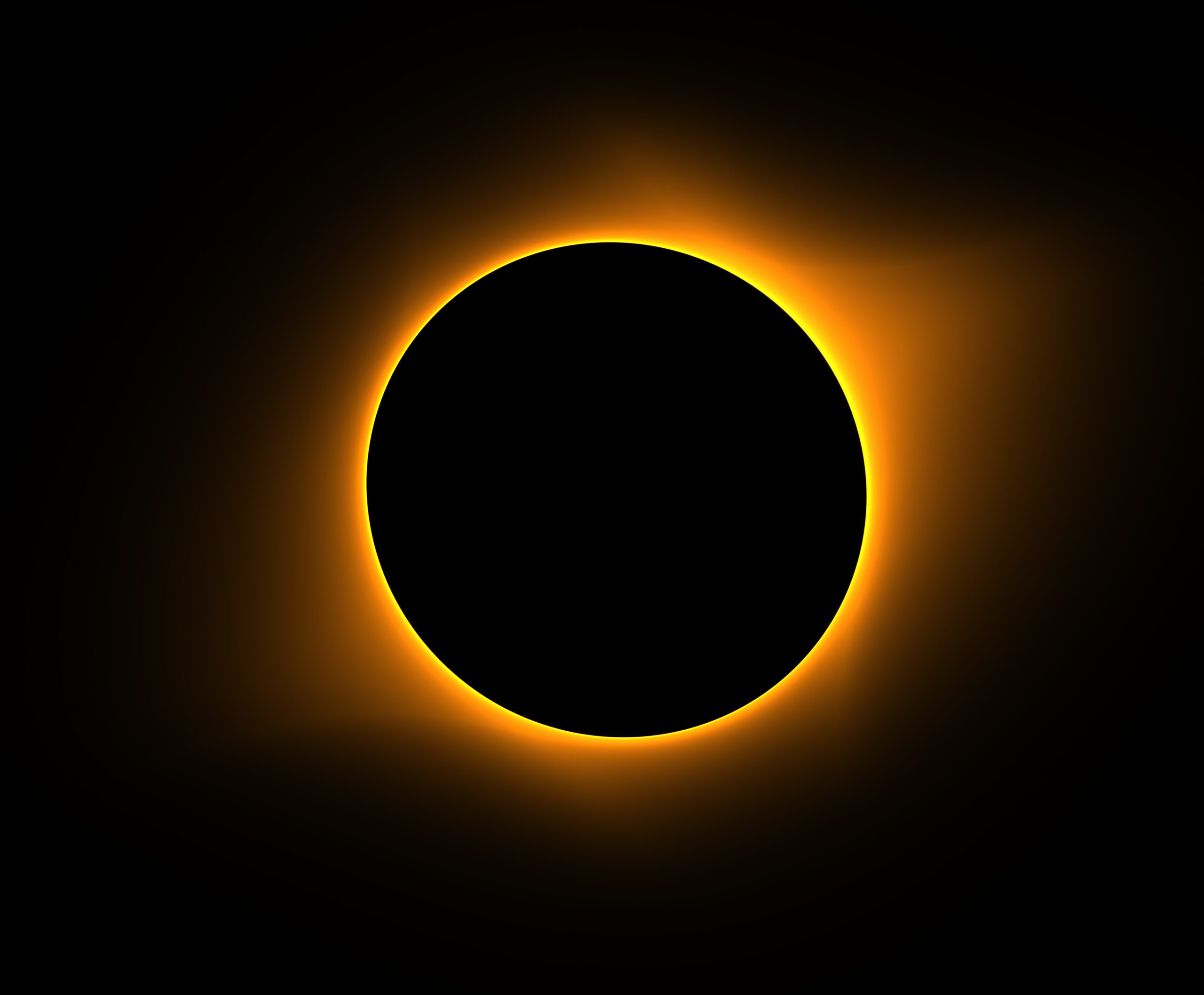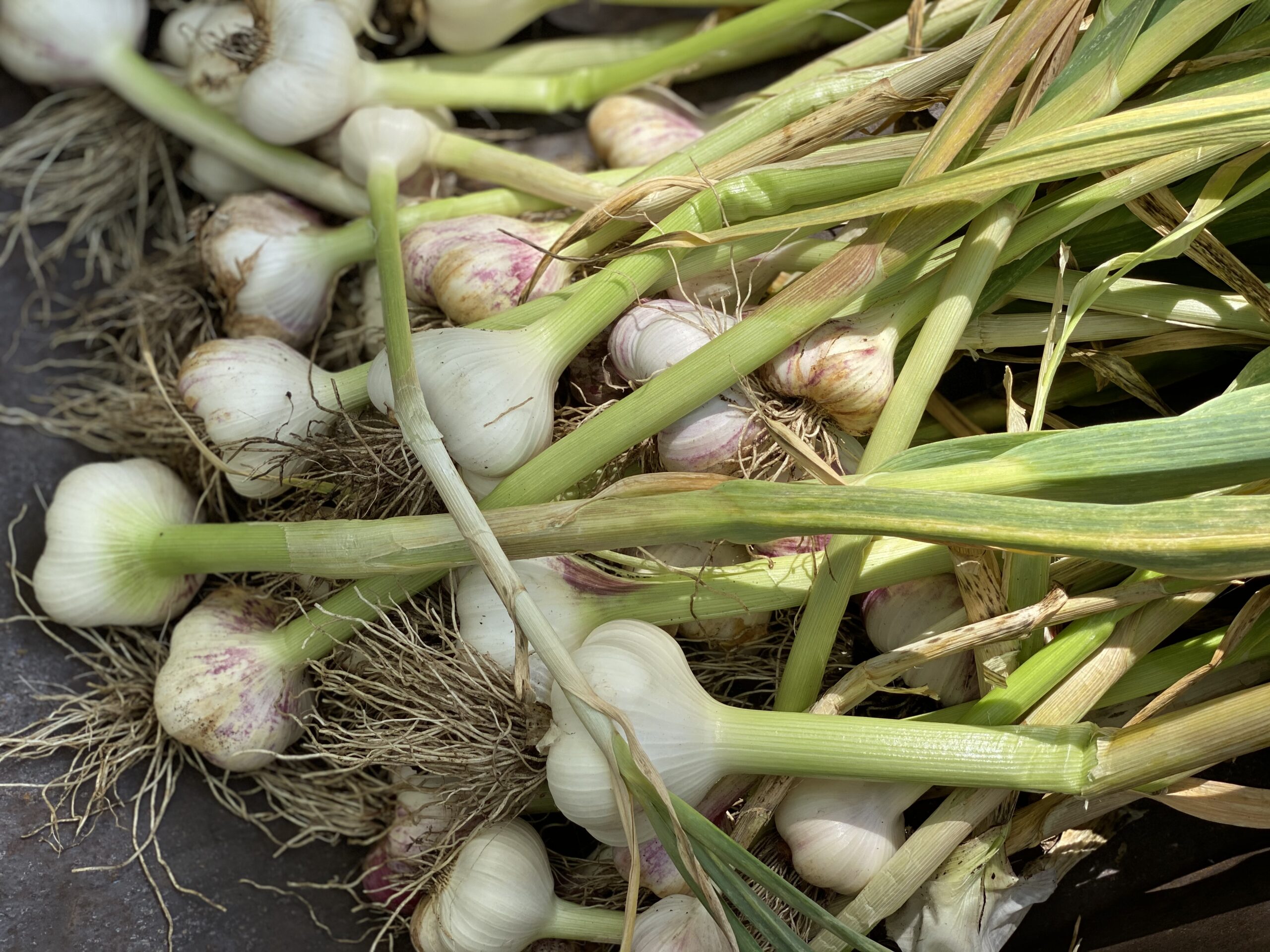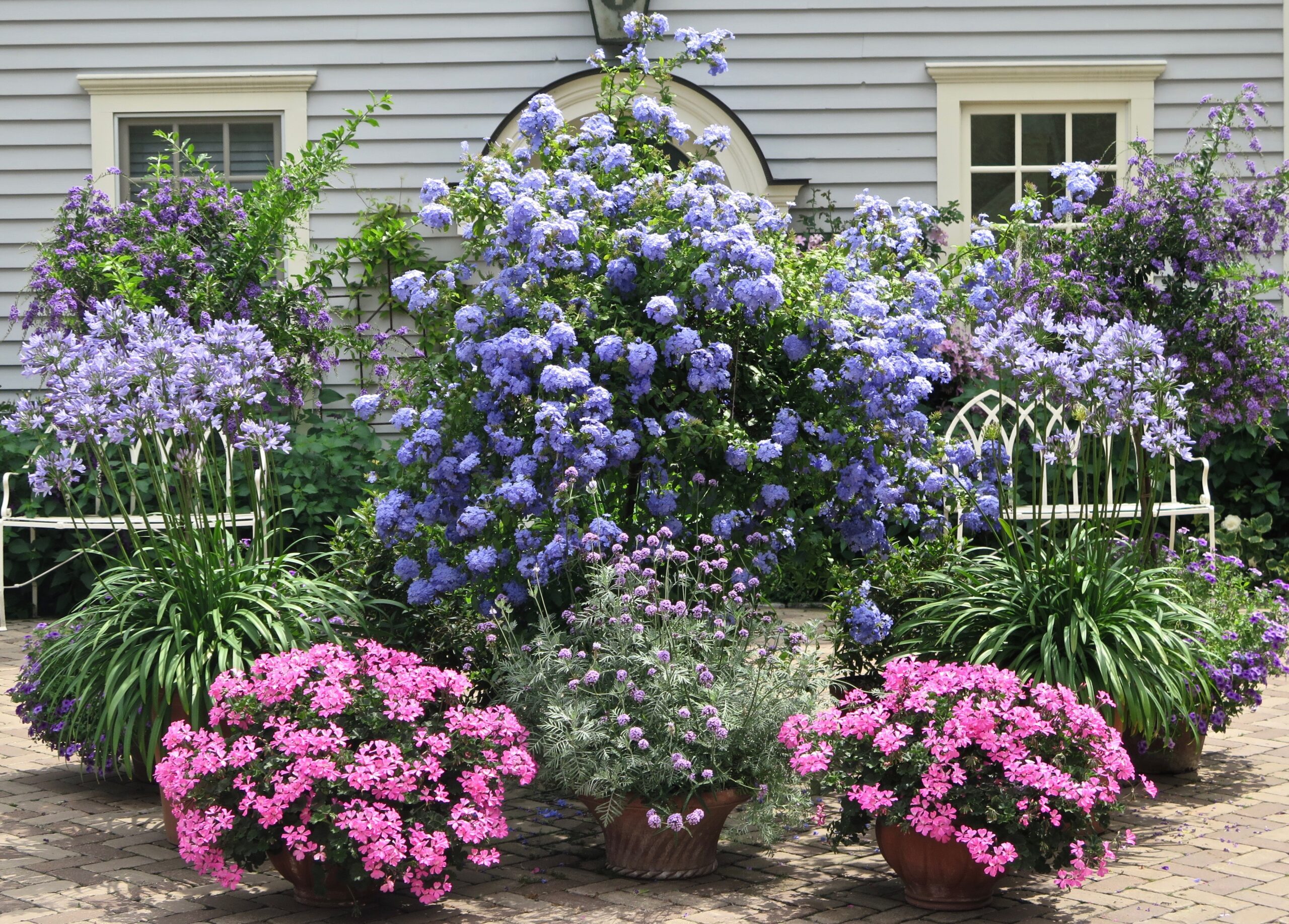My husband and I travelled to Sun Valley, Idaho this past week to see the total eclipse of the sun. This was a special moment to view the total eclipse because the “path of totality” (the 70 mile north-south zone within which you can experience a total eclipse) went from South Carolina to Oregon on August 21 – the first time it has crossed the entirety of the United States since 1918.
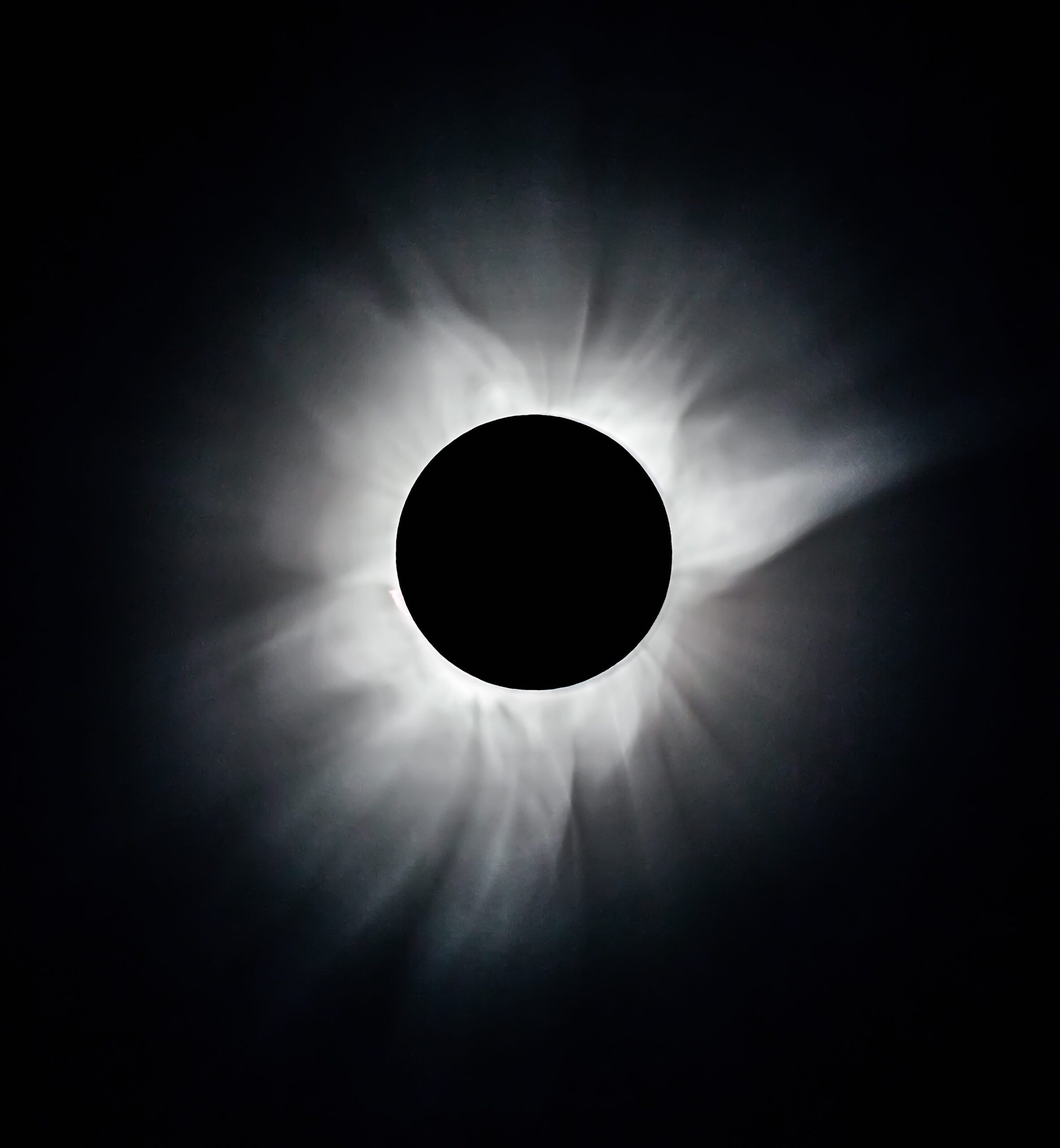

Solar corona during a total eclipse of the sun
This morning we viewed the eclipse from the hillside behind our home and it was a very special moment to behold. I especially enjoyed the gradual darkening of the environment around us, the cooling of the temperature by nearly 15 degrees, the quieting of everything around us – our two vizslas who nearly froze in their movement, birds, breeze, people and traffic – the solar corona during the full eclipse and the awe-inspiring calm of the moment. And then, in a little more than a minute, it was over.
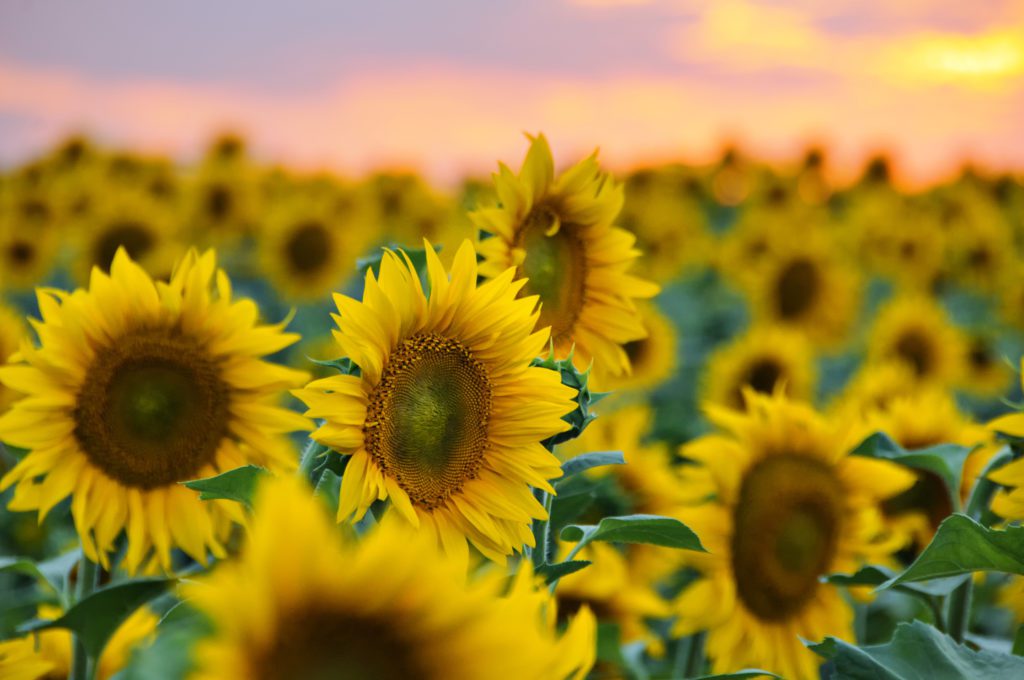

The question is: how do plants respond to a solar eclipse? There is little data out there to be sure, but expert horticulturalists say that as the rest of nature perceives and responds to nighttime during an eclipse, so most likely plants begin to respond as if it were daytime moving into nighttime. This would be a response to the change in temperature as well as light. Plants during a total eclipse will most likely take up less water over the course of the day and photosynthesis, which is dependent upon sunlight, will be reduced. But the length of darkness during a total eclipse is so short that it doesn’t really have that big of an impact.
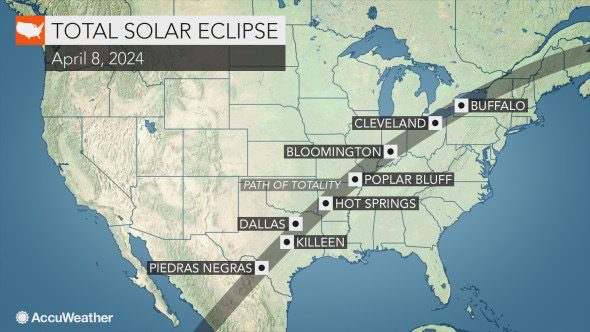

When is our next eclipse in the United States? The path of totality will once again go across our country on April 8, 2024. And where will you be for this eclipse? I’d like to be in one of these places!

